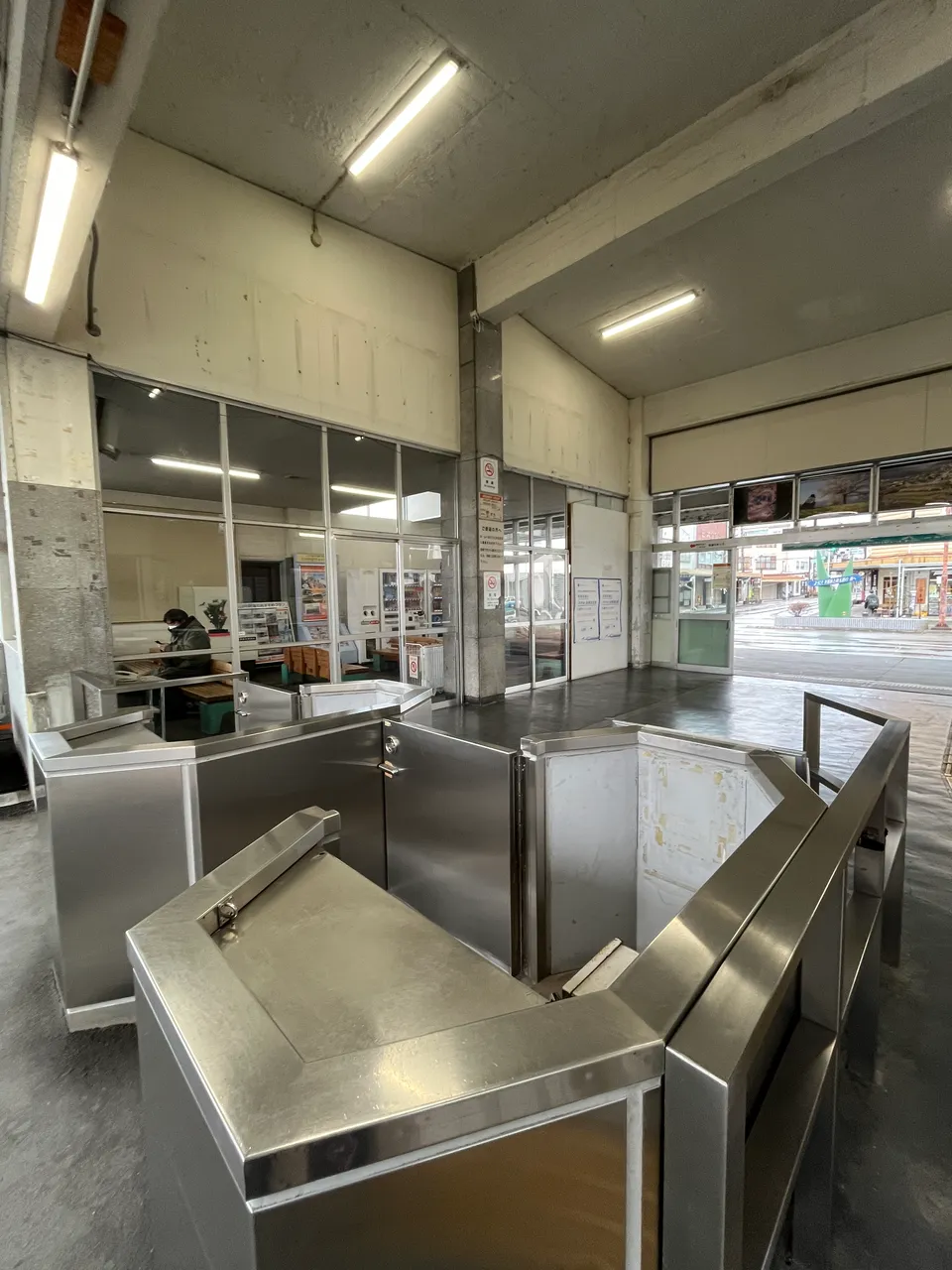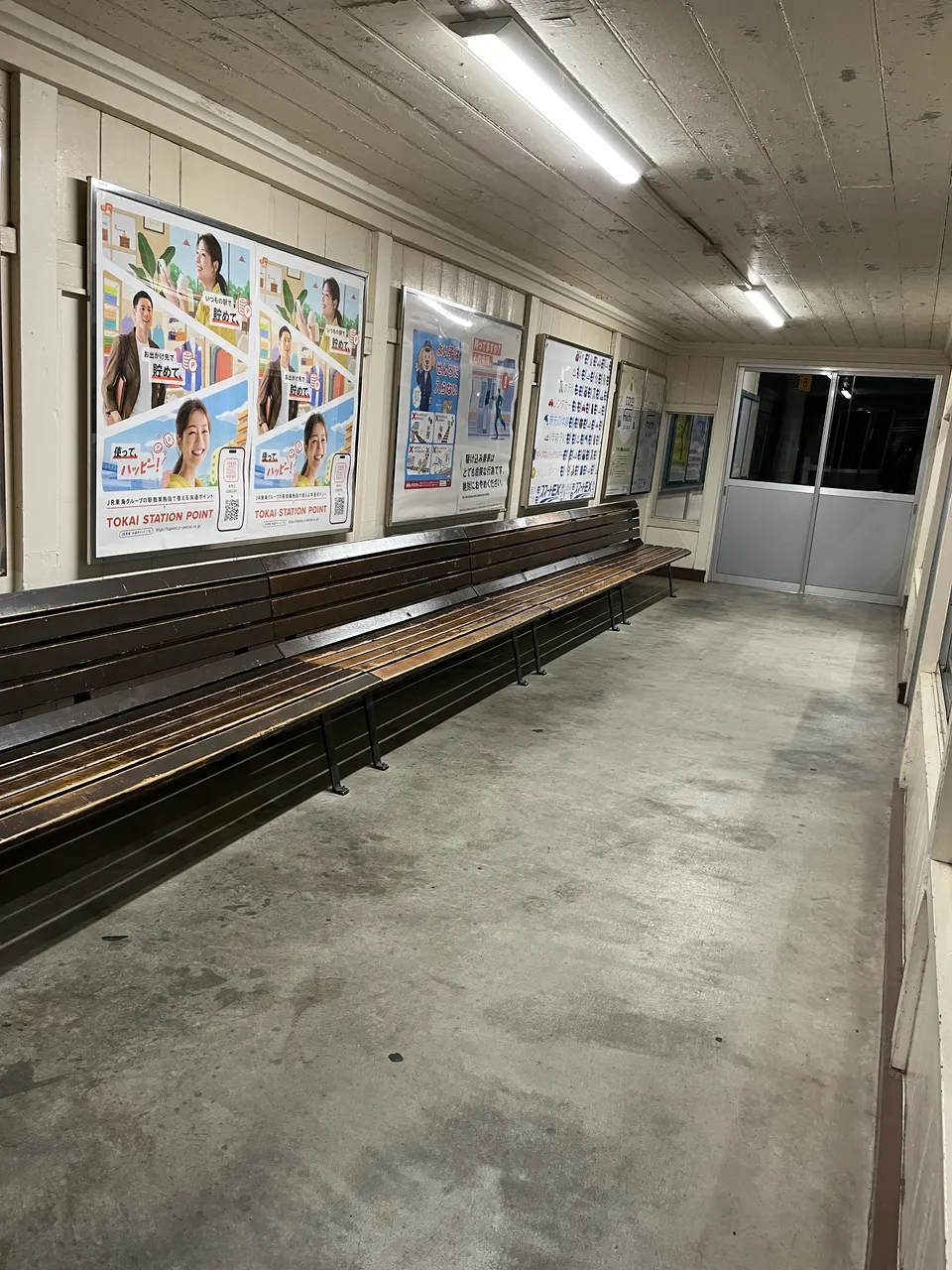
Hi my friend in Architecture+Design,
How was your weekend? Are you planning to go to somewhere these day? What vehicle will you use to travel to that place?
Talking about vehicle, Japan has a lot of public transportation and is very friendly to its passengers. The most widely used public transportation in Japan is the train. It's not difficult to find a train station in Japan. Yup, I want to talk about one of the train stations in Japan that I often visit. The second station I stop at when I want to travel out of town.
This is Ina Station, located in Toyokawa, Aichi, Japan. This station is not very wide. The train line only has two directions. There are no train lines for transit to other stations. This station will only take passengers from Ina to Teryukyo, and vice versa. For me, this station is very unique even though it is very small compared to other train stations in Tokyo. At least, here you won't get lost and take the wrong route.
- Ina Station

This is like an ordinary row of stones, but the fence that surrounds it makes the row of large rocks look very artistic. I don't know what the meaning of this decoration is, but it makes Ina station look different from other stations.
Here is it the architecture of Ina Station.

The architecture of Ina Station is very simple where we only see the gateway arrangement in the middle of the room. I like how colorful the Ina station is, which has matching colors in every corner. The ivory white color makes it comfortable to look at.
This station is also very clean. You won't find piles of rubbish in trash cans because Japan doesn't have many trash cans in public spaces, but residents still maintain cleanliness. Including at Ina Station, I had to carry my mineral bottle all day because it was difficult to find a trash can. But it's okay, I'm used to it.
there are not many billboards at Ina station. The stickers on the wall could be counted on the fingers of one hand, which was very comfortable to look at.


The platforms also have simple architecture. It was just an empty space with a few seats for passengers waiting for the train.
- Waiting Room
Most short-distance train stations do not have large covered waiting areas. Usually prospective train passengers only wait in the open platform corridor, but Ina Station has a closed waiting room. When winter comes, it is very good to wait for the last train in this waiting room and keep your body warm.

In this waiting room there is not much furniture apart from long benches for passengers. The bench is made of unvarnished wood. It was a completely ordinary bench with shiny brown paint.


There are two doors to this waiting room. Some of them are on the left and right, and the one in the middle doesn't work. The door may occasionally be opened for passengers to board the train directly, because there is no corridor in front of the door, but I never saw it open. Yes, maybe it won't be used again.



From the architecture, exterior and interior of the bridge connecting the two opposing platforms, you would definitely think that Ina Station is not young. Yup, Ina station has been operating for approximately 1 century.
This station has transported many passengers from generation to generation and I feel happy to be one of the passengers who always stops at this station.
What do you think?
By the way, thanks for reading my experience... Hasta La Vista... Sayonara...
